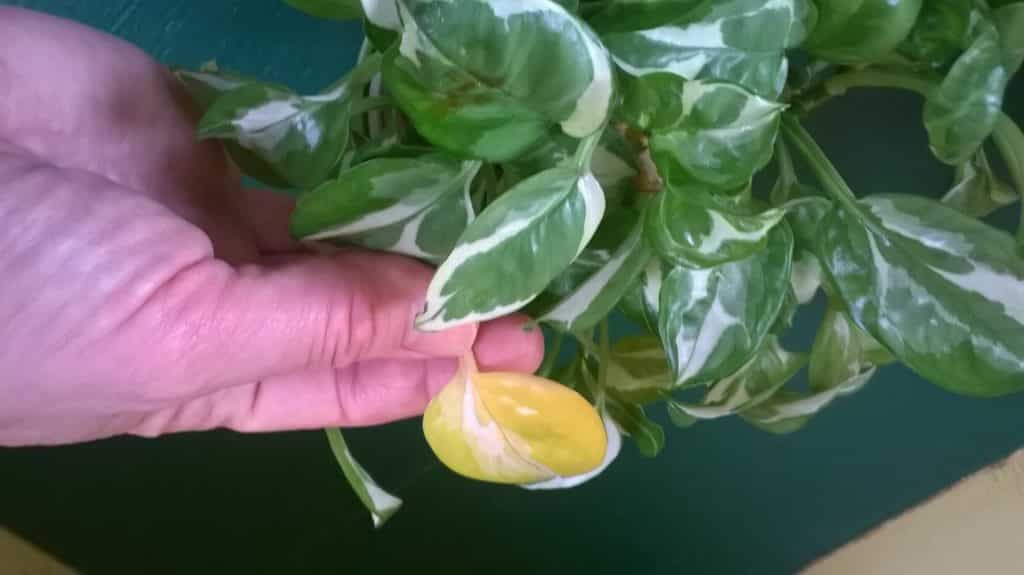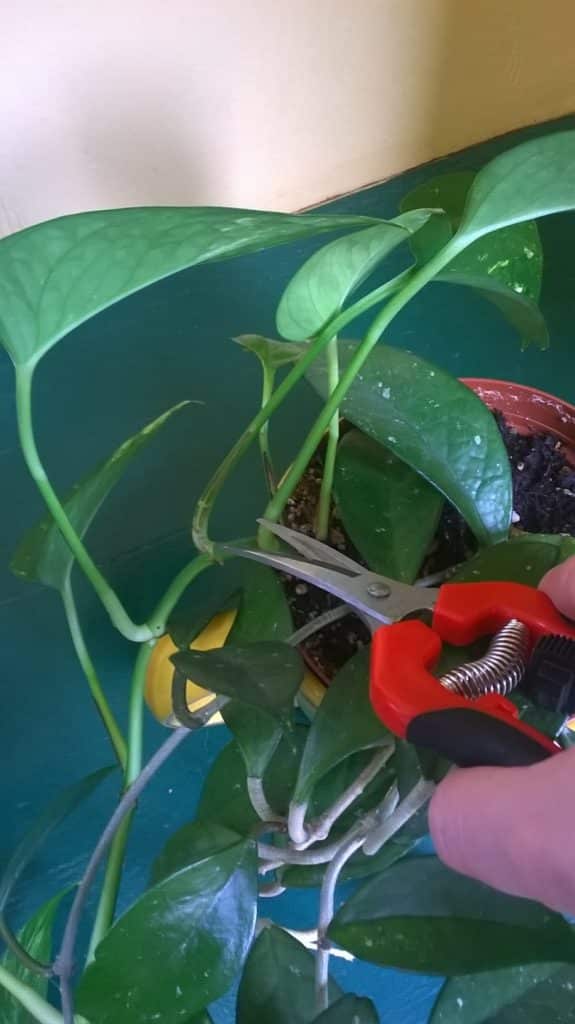If a houseplant becomes unwieldy or unbalanced, it’s probably time to give it a pruning. Pinching and pruning make your indoor garden more attractive and can correct structural problems while encouraging new growth.
The key to pruning houseplants is to do so before they become too leggy or unbalanced. Once some plants get rangy, it’s hard, but not impossible, to get them back into shape again.
Houseplants that grow best with regular pruning include coleus, grape ivy (cissus), Swedish ivy, pothos, polka dot plant (hypoestes), vining philodendron, (Philodendron scandens), Ficus benjamina, goldfish plant (columnea), purple velvet/passion plant (gynura), creeping Jennie (lysimachia), African violet, lipstick plant (aeschynanthus) and arrowhead plant (syngonium).
Done early enough, pinching and pruning will keep houseplants the right size and shape for their space. Light trimming and reshaping can be done any time of the year, including winter. If you will be cutting back substantially, wait until late winter or early spring.

Not all houseplants need pruning, but most benefit from at least some shaping and removal of dead leaves and damaged or diseased stems. Well-kept plants tend to get less pests and diseases.
When you prune, do so judiciously. Well pruned plants don’t look pruned, but instead appear natural. If in doubt, don’t cut. It takes a long time for houseplants to grow back once you’ve cut out a substantial amount of growth. As a rule of thumb, prune out no more than ¼ of the foliage at one pruning.
Keep the following in mind when pruning houseplants.
Always use high-quality pruning tools, such as bypass pruners or very sharp garden scissors. Dull pruners and scissors crush and tear stems, opening them up to pests and disease.

(Julie Bawden-Davis)
Proceed slowly. Stop periodically to view your work as you go. Always prune to the natural growth habit of the plant. Shorten leggy stems and branches, cutting back to just before a leaf node, which is the bump on the branch or stem where new growth will appear. When removing large stems completely, cut as close to the main stem as possible or all the way to the base of the plant.
Know when to pinch back. Certain smaller and younger houseplants that have soft stems should be pinched back to shape and keep them full. Such plants are easy to prune with your thumb and forefinger nails, although if you prefer, you can use pruners or gardening scissors. These plants include the polka dot plant and young pothos, philodendron and coleus. Pinch off the growing tips of such plants, and they will grow bushy, rather than lanky.
Some plants require regular pruning, while others only need it a couple of times of year. When pruning flowering houseplants, familiarize yourself with the bloom cycle prior to pruning, or you might remove flower buds.
Julie Bawden-Davis is a garden writer and master gardener, who since 1985 has written for publications such as Organic Gardening, Wildflower, Better Homes and Gardens and The Los Angeles Times. She is the author of seven books, including Reader’s Digest Flower Gardening, Fairy Gardening, The Strawberry Story, and Indoor Gardening the Organic Way, and is the founder of HealthyHouseplants.com.
